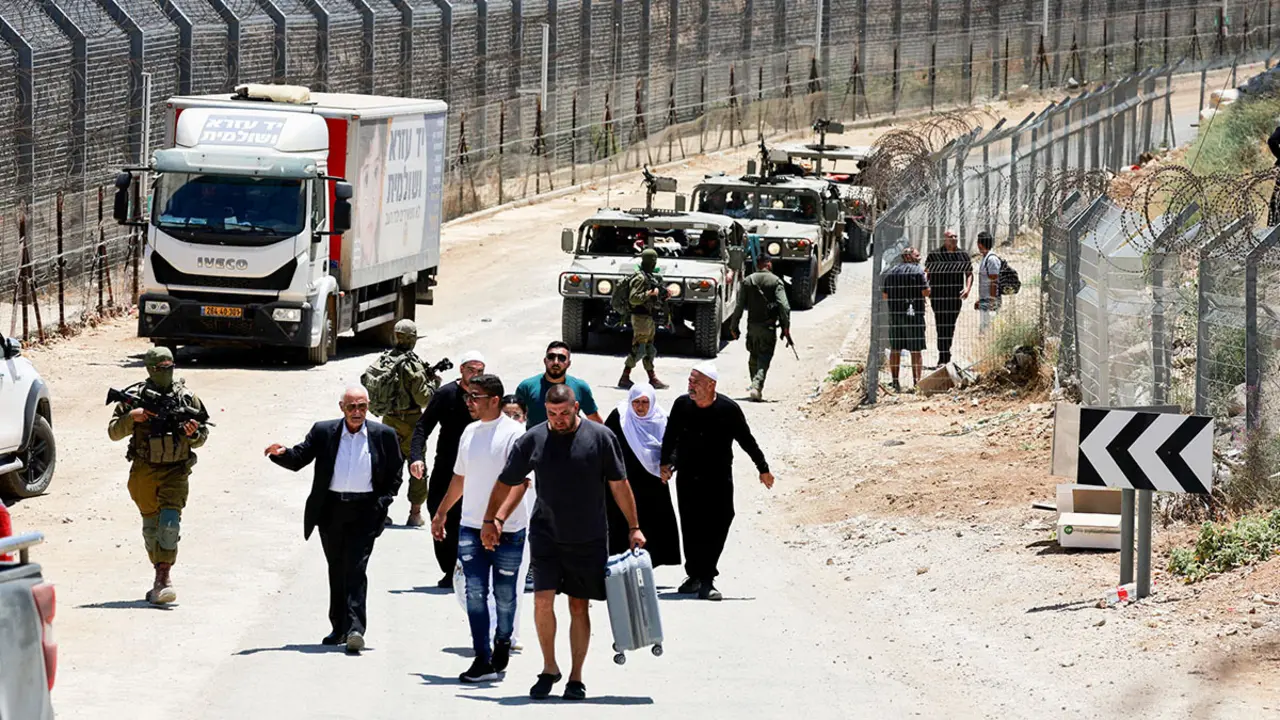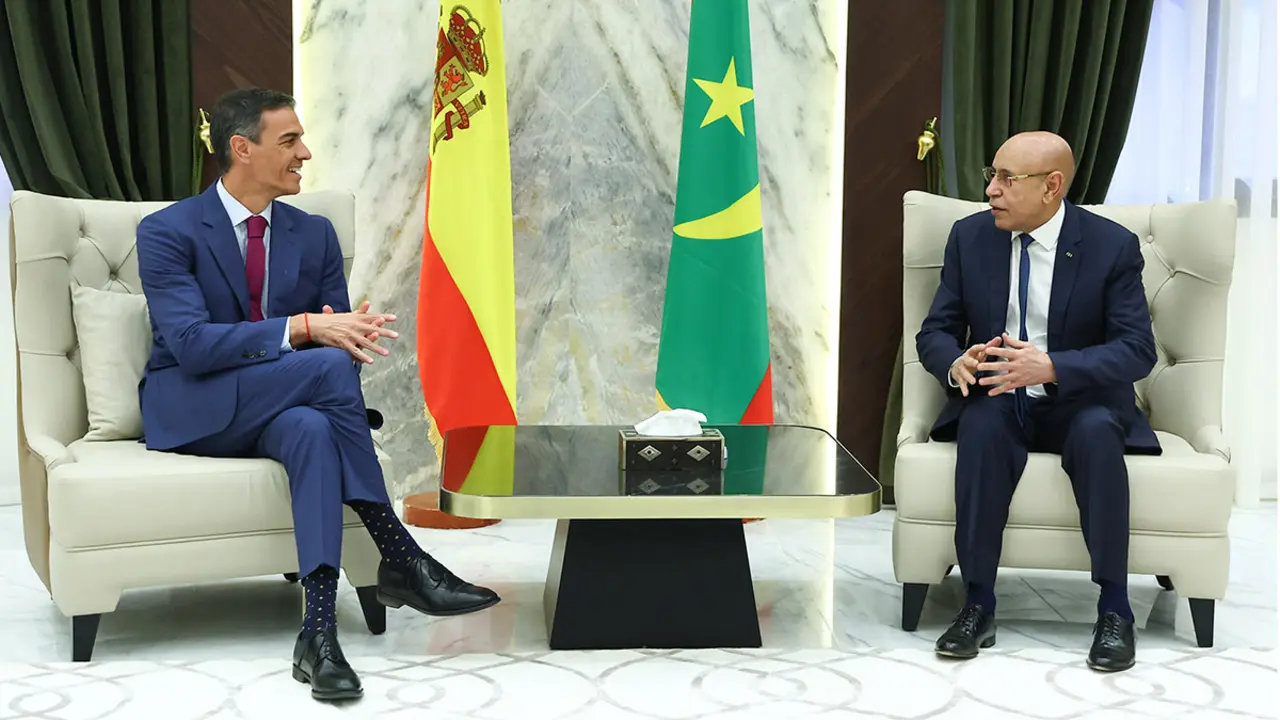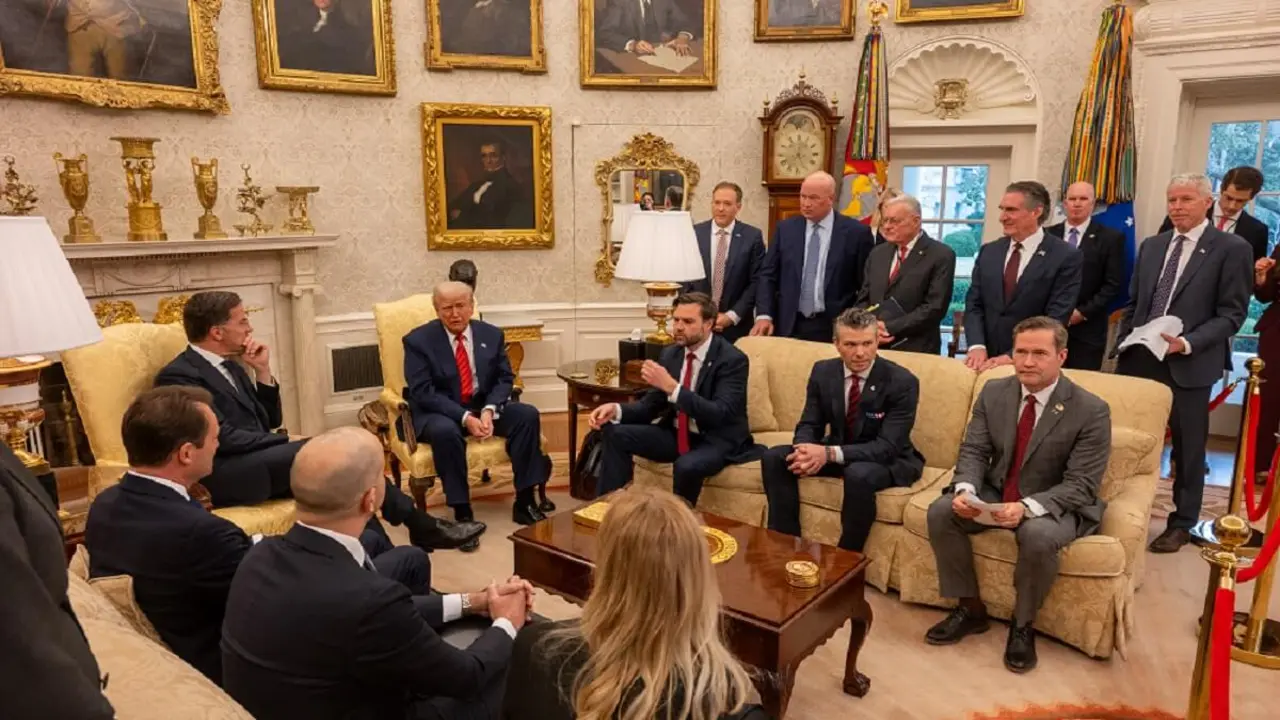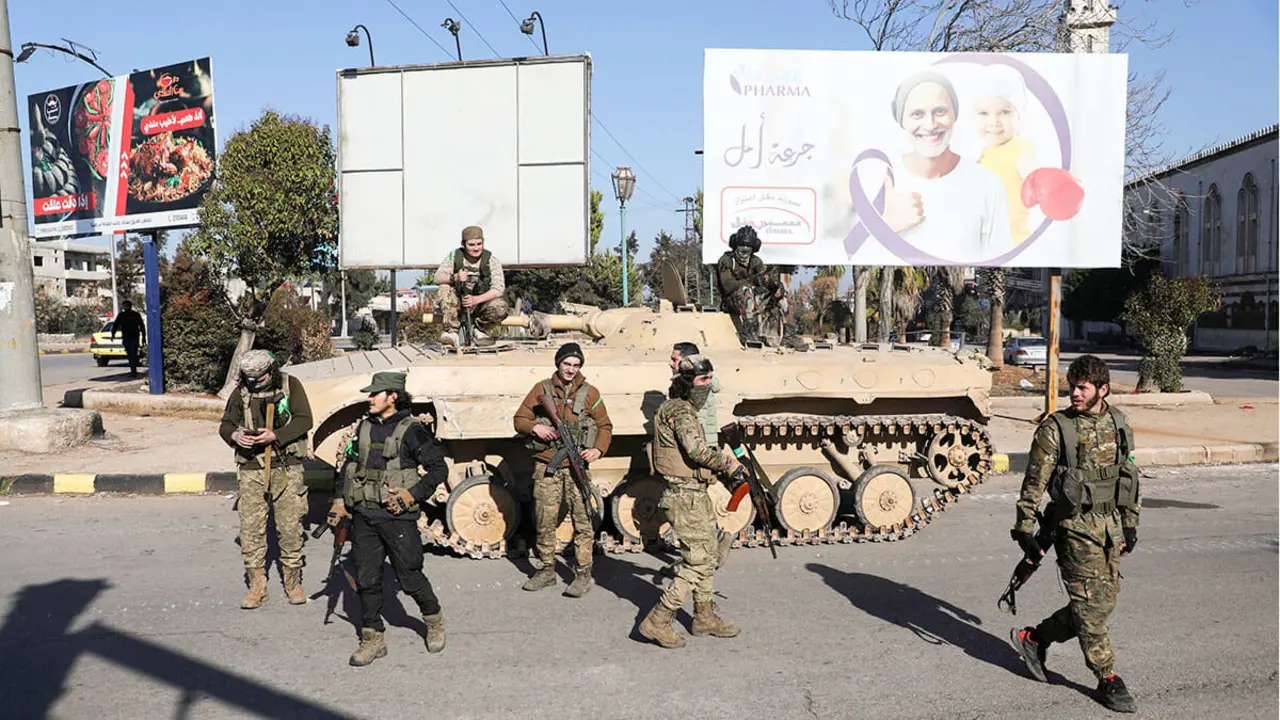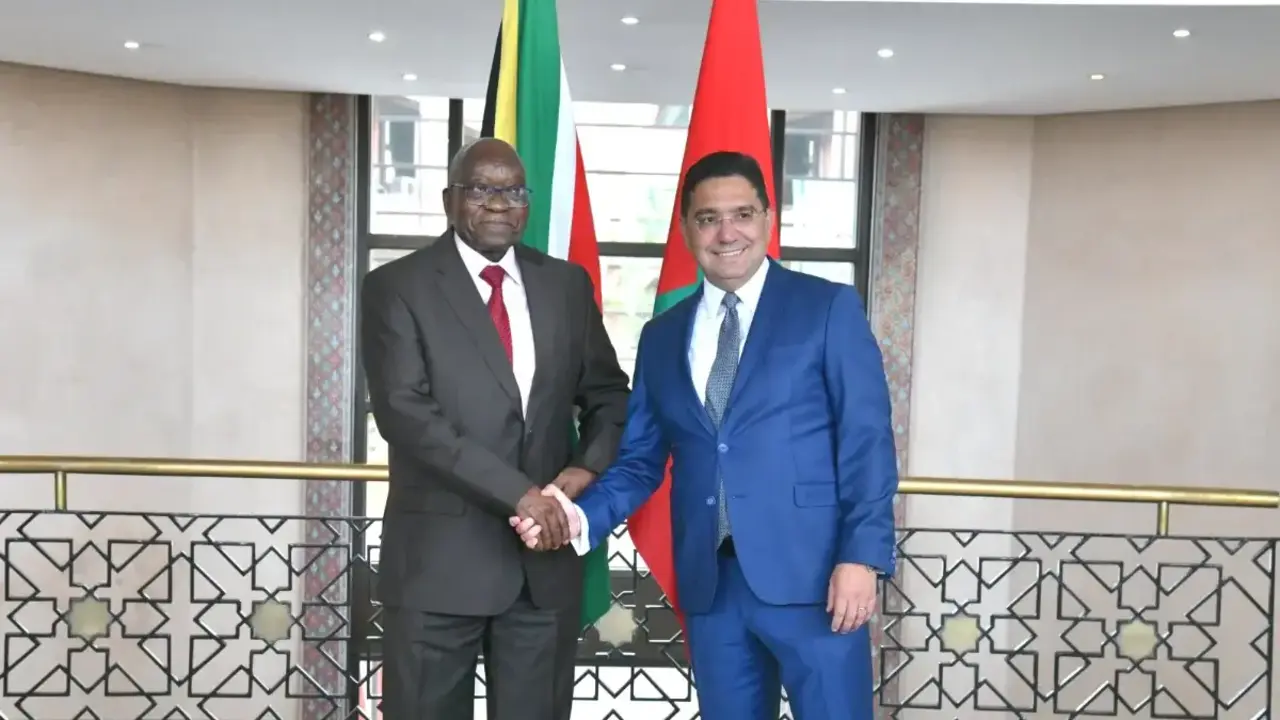NATO expands scope to monitor outer space against attacks from Russia and China

The North Atlantic Treaty Organization (NATO) has taken the first firm step to materialize and strengthen the surveillance of outer space, a new operational domain that joins the land, naval, air and cyberspace.
In their meeting by videoconference held on October 22, Secretary General of the Atlantic Alliance, Norwegian Jens Stoltenberg, and the ministers of defense of the 30 member countries, including Spain's Margarita Robles, agreed to establish a Space Center at the Ramstein air base, the largest military complex that NATO and the United States share in Germany and in Europe as a whole.

An enormous military airfield located some 350 kilometers from the Alliance's headquarters in Brussels, Belgium, and a little more than a hundred kilometers from Frankfurt, the economic capital of the European Union, the creation of the new structure is due to the concern that exists among the Allies about the "perceived increase in the capabilities of Russia and China to blind, deactivate and destroy satellites," assures Jens Stoltenberg, which would have a "severe impact" on military and civilian activities on the ground.
The first of Stoltenberg's listed missions assigned to the new organization is to "ensure greater coordination" of allied space activities, especially the observation of areas of strategic interest on Earth. Different member countries of the organization have "different capabilities in space and reconciling them will help strengthen the Alliance".

Another responsibility attributed to the new military structure to be established in Ramstein is to ensure that NATO missions and operations can be adequately supported through satellite transmissions and Earth observation. Space brings precision and lethality to attack and defense capabilities, although it emphasizes that the Alliance has no intention of militarizing space.
The General Staff of the Alliance wants to have full guarantees that the military forces of the different countries that jointly operate under its command in air-ground, naval and air surveillance missions -as it happens in Afghanistan, Kosovo and in the Baltic countries-, have safe, reliable and continuous access to the information, images and communications provided by the satellites.

A third mission is to protect the space systems of member countries. Situated in orbit and defenseless, satellites are increasingly vulnerable, so the aim is to sign agreements and protocols that allow "sharing information on potential threats," the political leader of the Alliance has stressed. In a very special way, NATO fears the proliferation of anti-satellite systems that can shoot down satellites and create a greater number of dangerous debris in orbit.
Located in the federal state of Rhineland-Palatinate and less than 60 kilometers from the border with France, the choice of the large Ramstein air base is due to the fact that it has the capacity to house new installations and it is the headquarters of the NATO Air Command commanded by the general of the United States Air Force (USAF), Lieutenant General Jeffrey L. Harrigian. It also commands the U.S. Air Force Europe and the Africa Command Air Force, all of which have more than 9,000 troops and nearly two hundred fighter, transport and in-flight refueling aircraft.

Considered the largest USAF facility outside the Americas, Ramstein serves as an air bridge connecting the United States to Europe, the Middle East, and West Asia. Its privileged location makes it ideal to host the embryo of what will soon become the Alliance's Aerospace Command or the space arm of NATO, a version of the Space Force officially created in December 2019 by President Donald Trump, at the same time that the Allies recognized space as a new operational domain.
Jens Stoltenberg has not specified when the new Space Center will be operational, although he has specified that it will begin to function "with the knowledge of the specialist personnel now at Allied Air Command Headquarters. With respect to its immediate future, he has said that " we plan to expand and increase the size and the importance of the Centre as we move forward".

The internal debates on the implementation of a structure within NATO focused on space affairs have been going on for a little less than a decade. Its first effective manifestation dates back to July 2018, when intelligence analyses identified that not only was the number of nations and satellites positioned in extraterrestrial space increasing every year, but also the volume of space debris creating risks of lethal accidents in orbits.
"Communications, navigation and location, intercontinental mobile telephony, data transmission, and many other activities and applications depend largely on satellites," the NATO high political representative stresses. That is why what happens in space is "essential" for the civil societies of the 30 nations that have adhered to the Treaty, just as it also influences military capabilities".

Transparency offered by the observation of the earth's surface and the seas from satellites provides a good knowledge of what is happening in their area of action. For example, they can gather intelligence on land, sea and air movements and detect missile launches with a nuclear capability, a challenge "that is serious and growing in scale and complexity in Russia's arsenal," the Alliance's secretary general stresses.
In the videoconference between the holders of the NATO defense portfolios, the Spanish minister, Margarita Robles, emphasized "the joint internal and international work in the fight against the coronavirus," in "creating a European military health corps" to improve the contribution of the Armed Forces "to countries suffering from a pandemic" and in "military support for the efforts of the civil authorities to fight against COVID-19," states a statement from the Spanish department.

The meeting continued on October 23, in which the Spanish minister, Margarita Robles, as well as her counterparts from Germany, Belgium, Denmark, Slovenia, Hungary, Italy, Latvia, the Netherlands and the United Kingdom, signed a Letter of Intent to achieve the interoperability of national air defense capabilities against land-based missiles. In both sessions, the minister was accompanied by the Secretary of State for Defense, Esperanza Casteleiro, and the Secretary General for Defense Policy, Admiral Juan Francisco Martínez Núñez.



